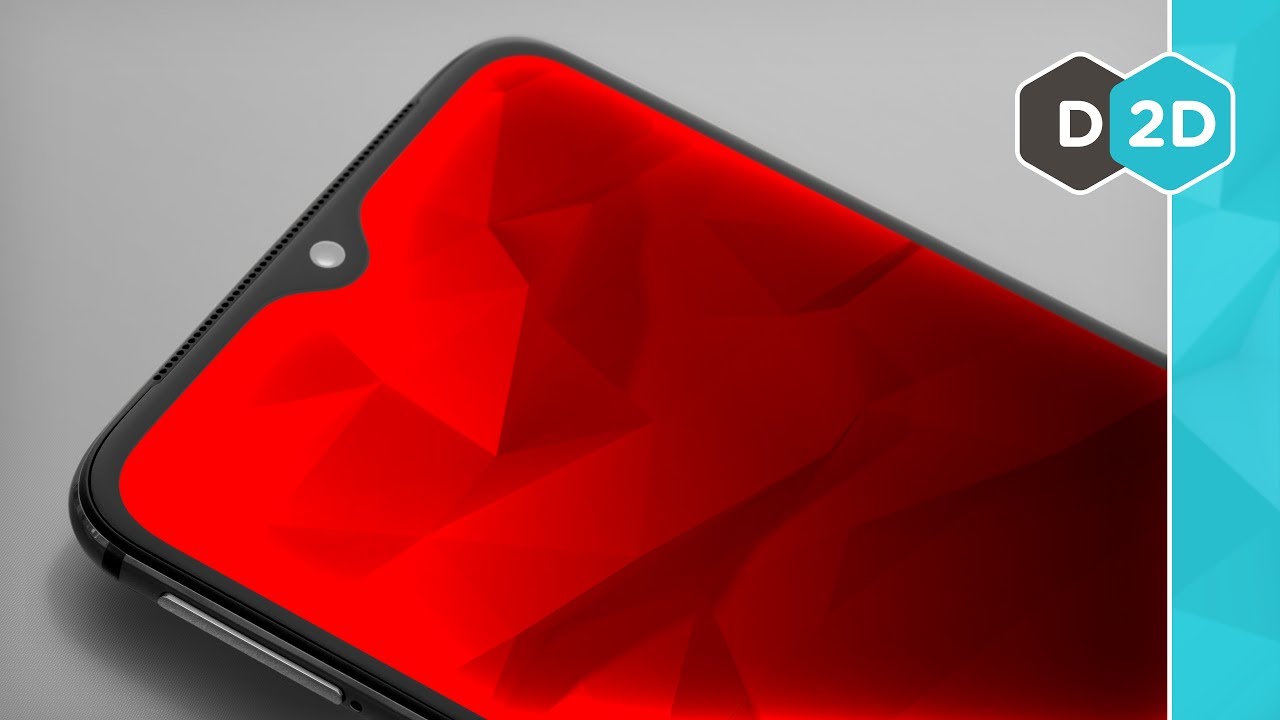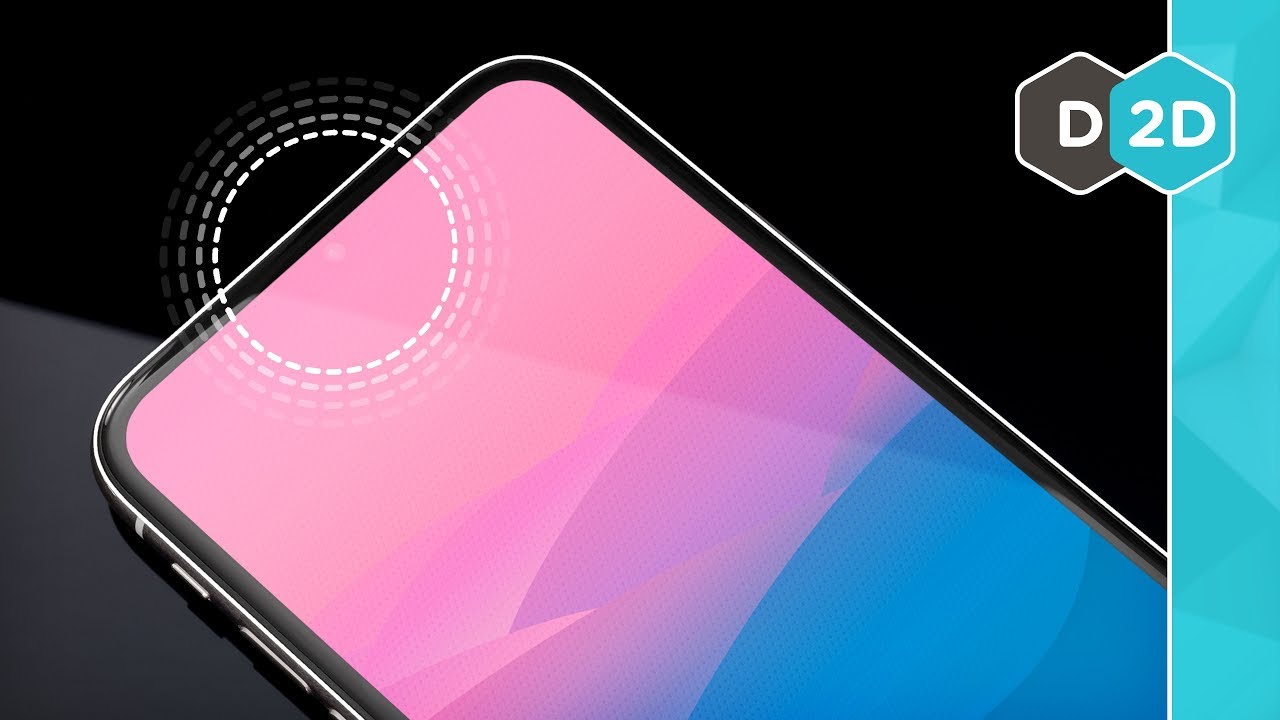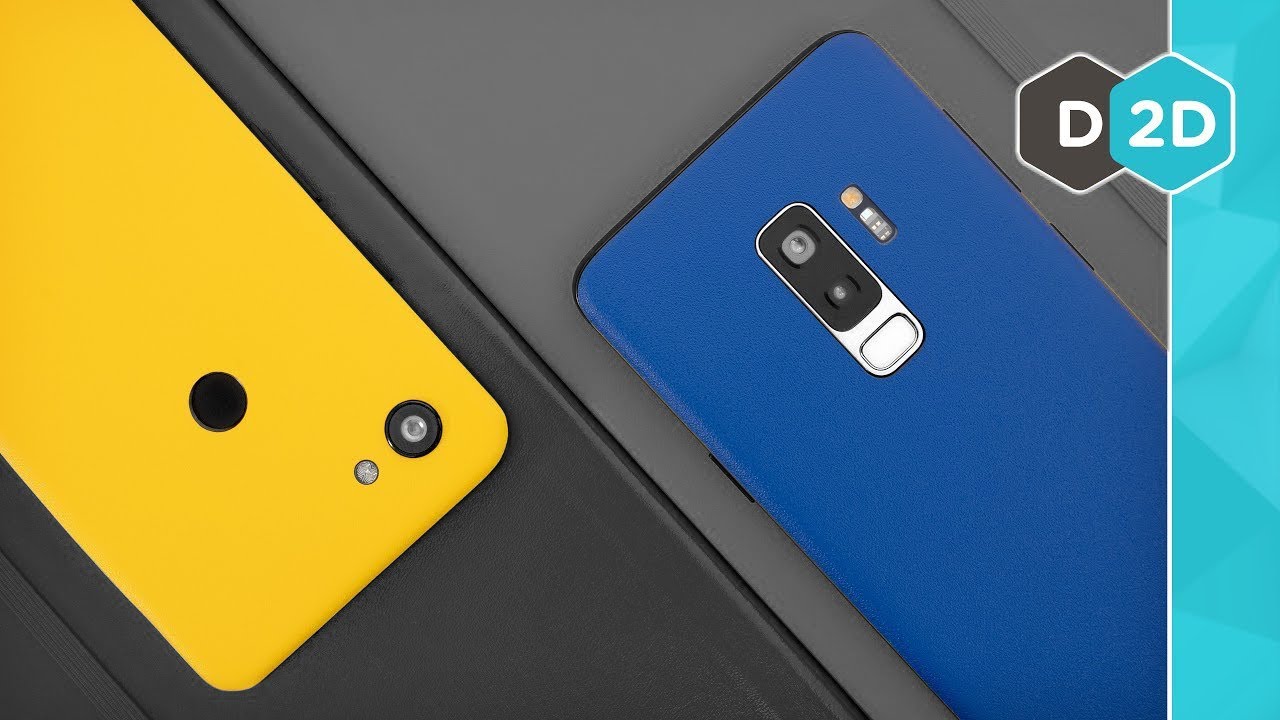
Android Auto has been my preferred driving companion since the last summer when Google released a major overhaul, but as I said on several occasions, the reliability glitches that users must deal with every once in a while are quite a deal-breaker for some.
Tired of Android Auto sometimes not showing up on my car’s HUD, Waze failing to locate me, and Google Assistant simply not working, I made the switch to Apple’s CarPlay, mostly in an attempt to determine if and how the Cupertino-based tech giant makes things more reliable for its in-car platform.
And after several weeks of using CarPlay, there’s just one key conclusion: yes, Apple’s software is a lot more reliable, and the problems that we occasionally experience in Android Auto don’t exist here. But it doesn’t mean CarPlay is flawless. So stay with me to describe my first month with CarPlay.
First and foremost, the one thing that I appreciate about Apple CarPlay is that “it just works.” Pretty much like the iPhone. You just plug in your iPhone and CarPlay shows up on your car’s screen without the need for a dedicated app on the mobile phone or anything like that. CarPlay is snappier too, and despite Waze sometimes experiencing some sort of lag, the app always correctly locates and tracks my car.
This is actually one of the biggest issues that I came across on Android Auto. Since November, both Waze and Google Maps have been nightmares for me, as they regularly lost my location, failing to accurately provide navigation instructions as I was driving. Google released updates to correct this behavior, but this obviously didn’t make any difference on my device – and beginning December 16, all devices were forced to enable the new Android Auto, which for some caused more harm than good.
With Apple’s CarPlay, Waze just works, and it responds faster too. Animations are much faster as well and jumping from navigation to Spotify and back to the home screen happens nearly instantly.
What I think really makes a difference between Apple CarPlay and Android Auto is the cable that we use to connect our mobile devices to the car’s HUD.
Given Apple’s walled garden, you have no other option than to stick with an Apple certified cable to do the whole thing – the same for charging or data transfers. Using cheap cables typically ends with them being blocked by Apple, so investing in a high-quality cable helps not only charge the iPhone at full speed, but also experience CarPlay without any issues.
In the case of Android, the large ecosystem of devices has an impact on Android Auto as well. Smartphones running Android come with either micro USB and USB Type-C cables, and many users purchase more such cables from sites like eBay where they retail for about $1 each. Using a cheap cable with Android Auto sometimes leads to connectivity issues at random times – this is why some are no longer able to use Android Auto after an update, despite everything working correctly before…
https://news.softpedia.com/news/is-apple-carplay-really-that-reliable-528763.shtml















